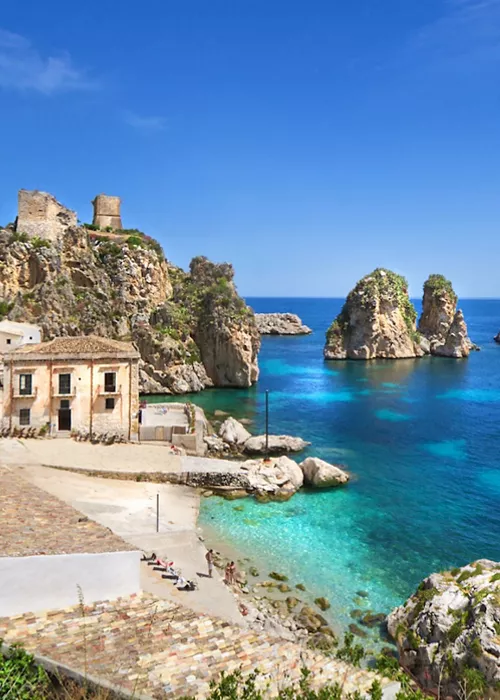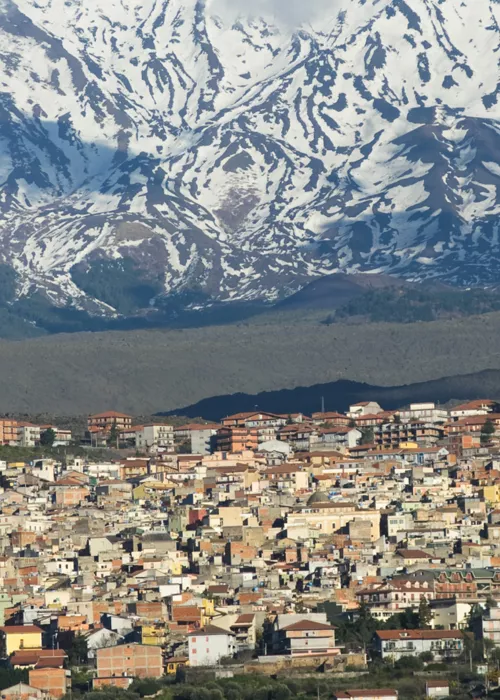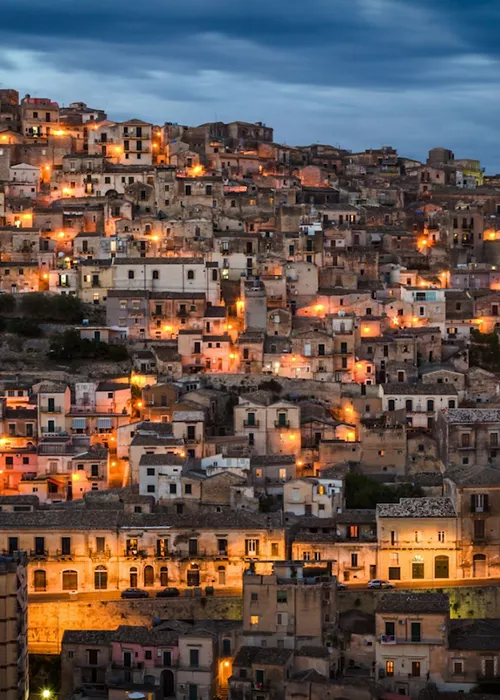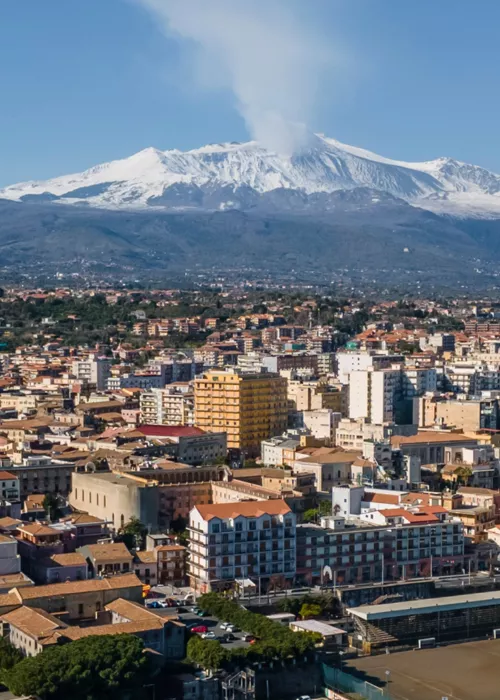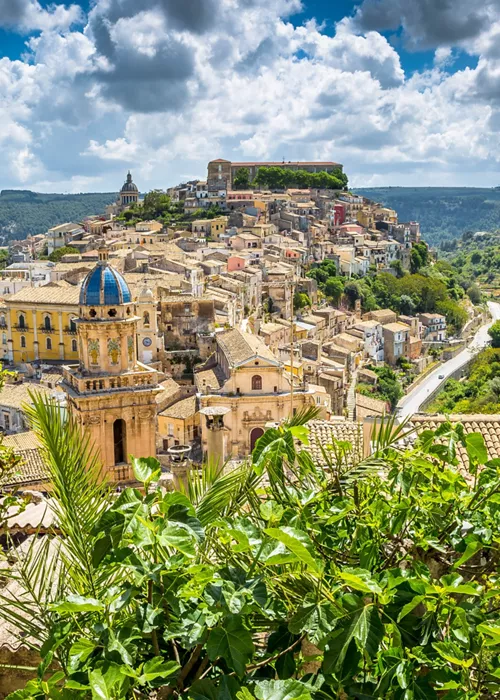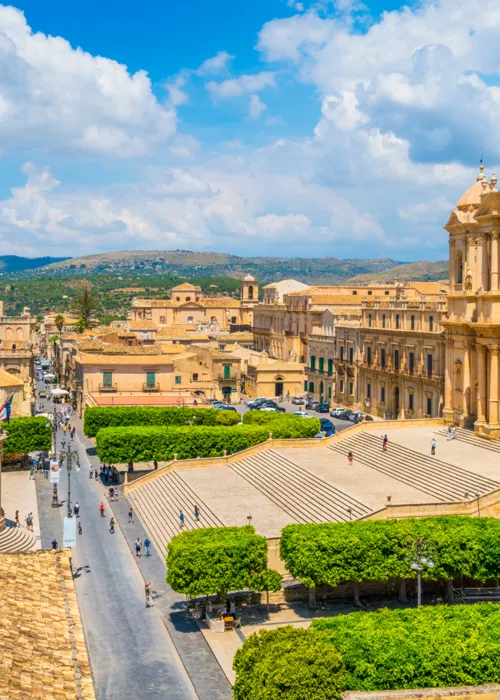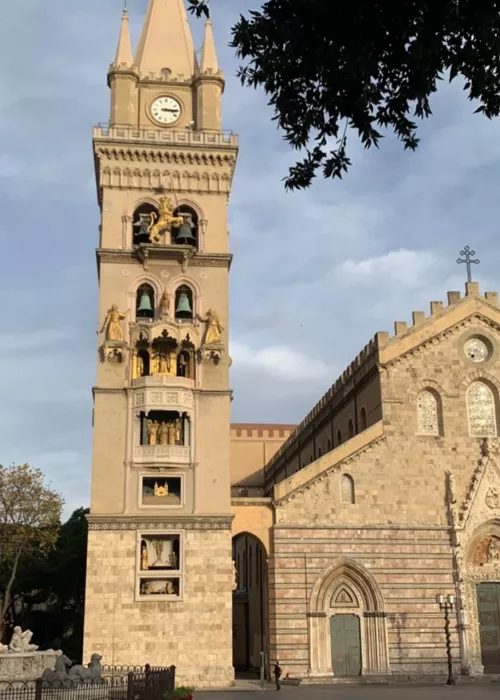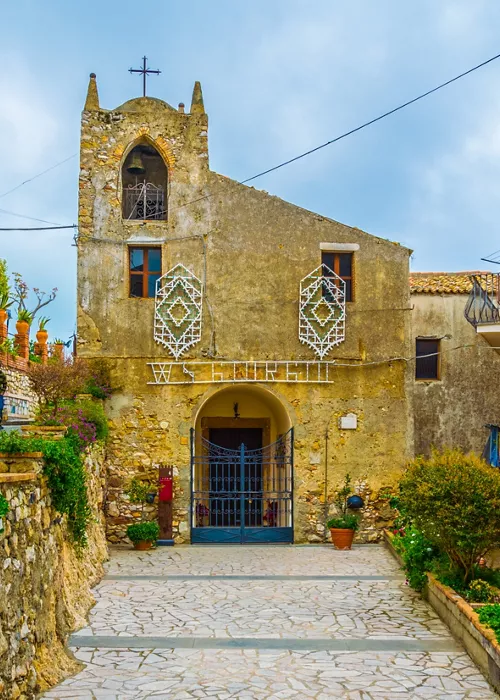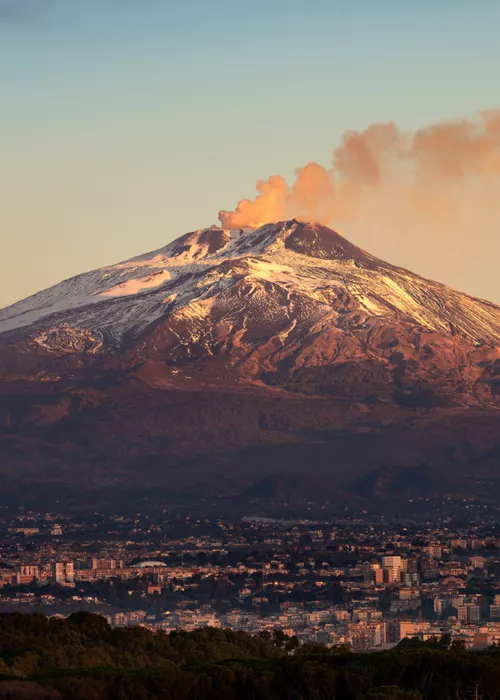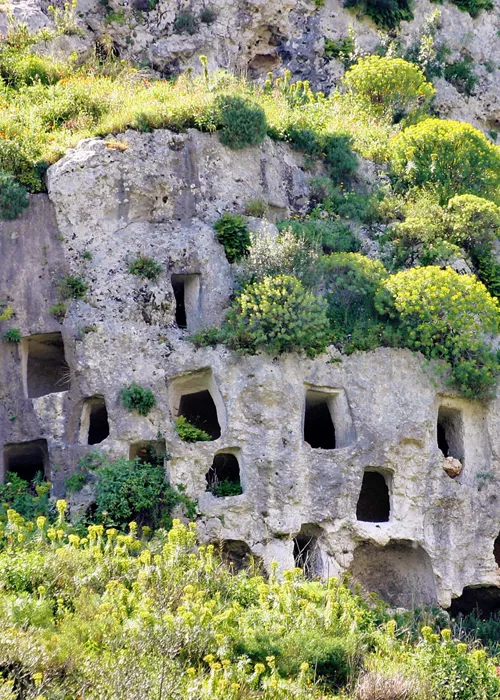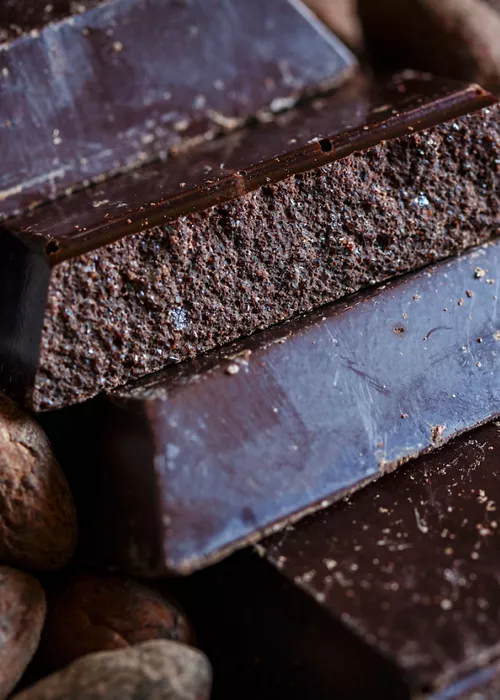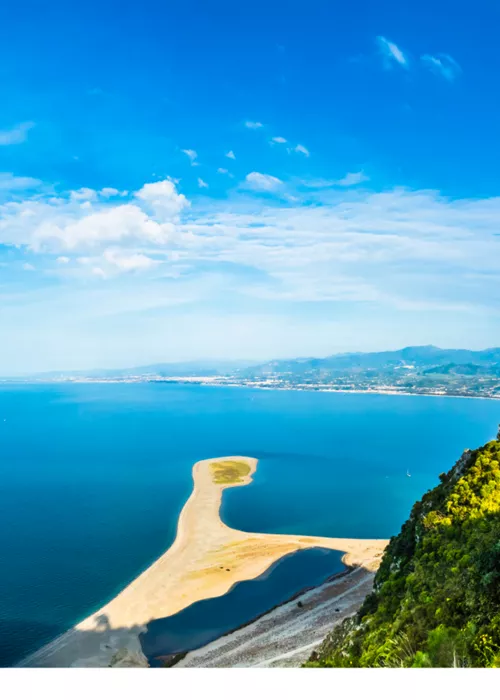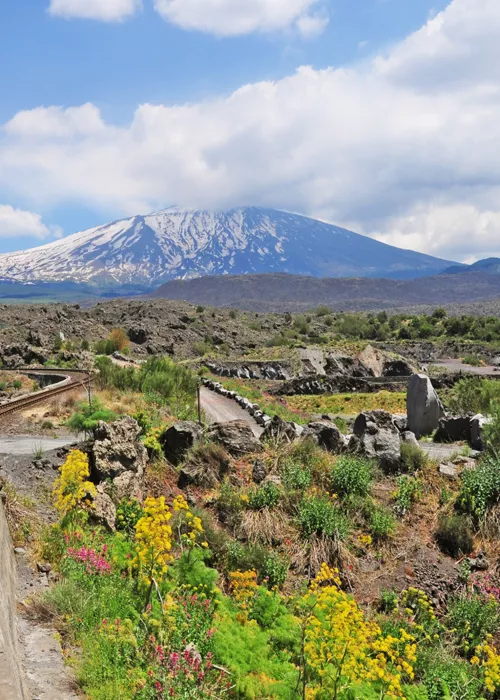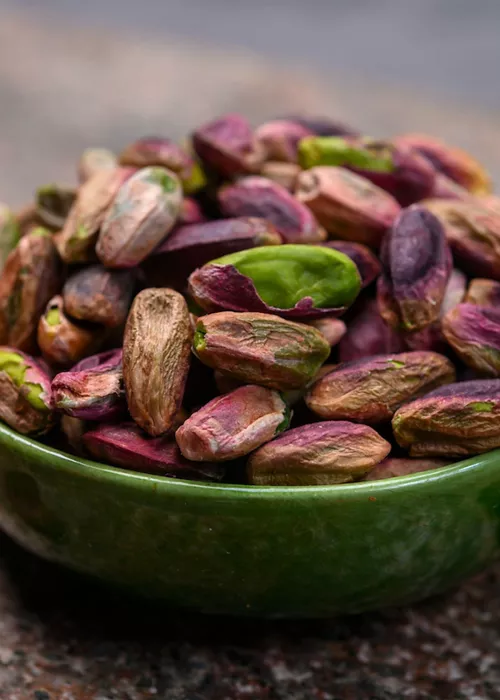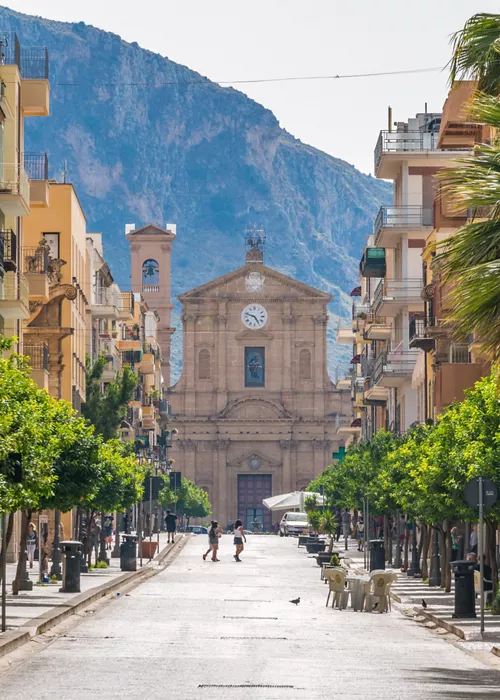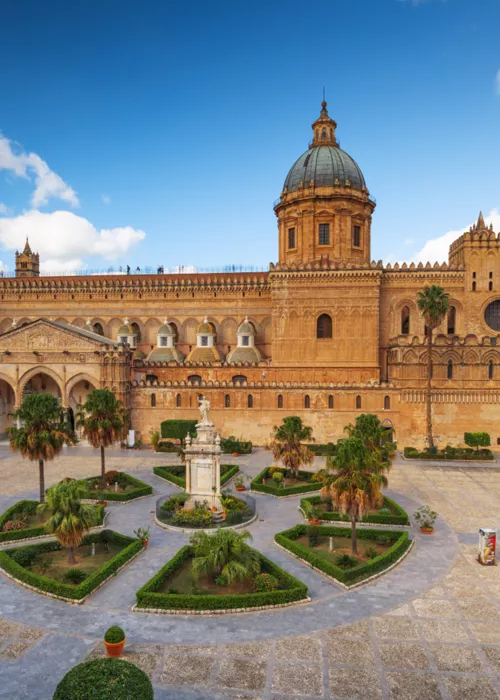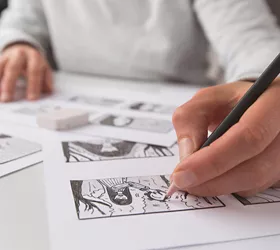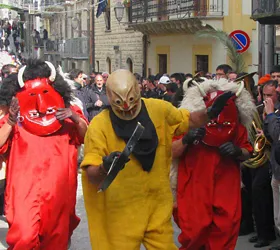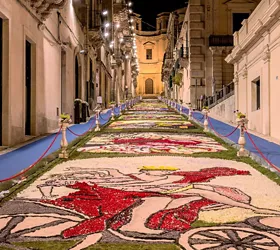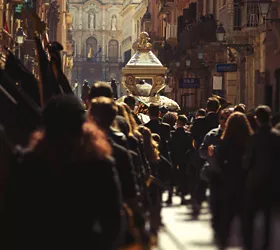Sicily, island of eternal summer, culture and archaeology
5 minutes
It is the largest island in the Mediterranean where art, history and culture intertwine in an astonishing mix that unravels from the sea to the mountains, passing through countryside and seaside villages: Sicily, dotted with priceless sites and Greek and Arab-Norman vestiges, sumptuously embellished by Baroque and blessed with a mild climate in every season, is a paradise you will not forget.
Origins and history of Sicily
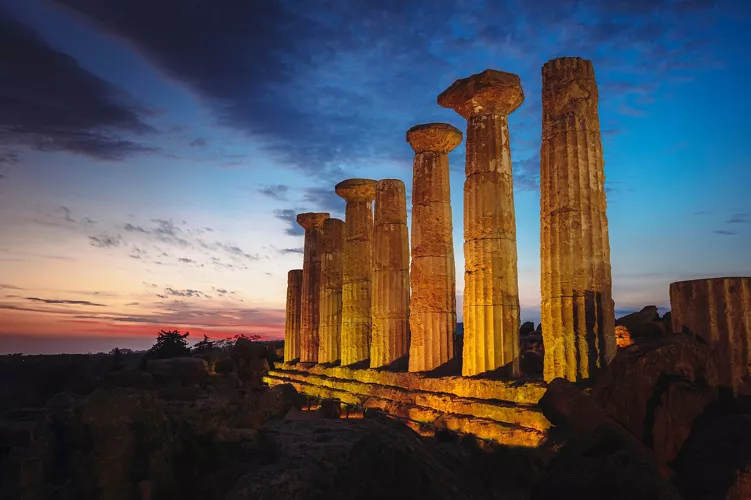
Attracted by the fertile volcanic lands and resource-rich areas, groups of Chalcidian merchants founded Naxos. The Greeks established trading emporia and Greek colonies, which grew to the size of flourishing cities: Syracuse, Catania, Selinunte, Agrigento, Gela.
The Mamertines, an Italic population that had occupied Messina, threatened by the Carthaginians, asked the Romans for help and started the First Punic War. Sicily was transformed into a province with a rich agricultural production and from this period, artefacts and monuments remain in Termini Imerese, Catania, Tindari, Taormina and Piazza Armerina: to get an idea, visit the Roman Villa del Casale.
At the fall of the Western Roman Empire it was ceded to Odoacer and later to the Visigoths of Theodoric, who were followed by the Arabs in Sicily with the landing at Mazara.
It was then the turn of the Normans in Sicily who made it a prosperous and peaceful kingdom. Of this period, special mention is made of Frederick II, one of the greatest monarchs of the Middle Ages. The Sicilian Vespers Revolt then led to the definitive expulsion of the French from Sicily and Frederick III became viceroy in Palermo, later elected King of Sicily. There followed an alternation of Spanish and Savoy rule, but following the Battle of Bitonto, Sicily returned to the Spanish orbit with the coronation of Charles III as King of the Kingdom of the Two Sicilies. With Garibaldi's bravery, the region was annexed to the Kingdom of Italy.
The main cities of Sicily
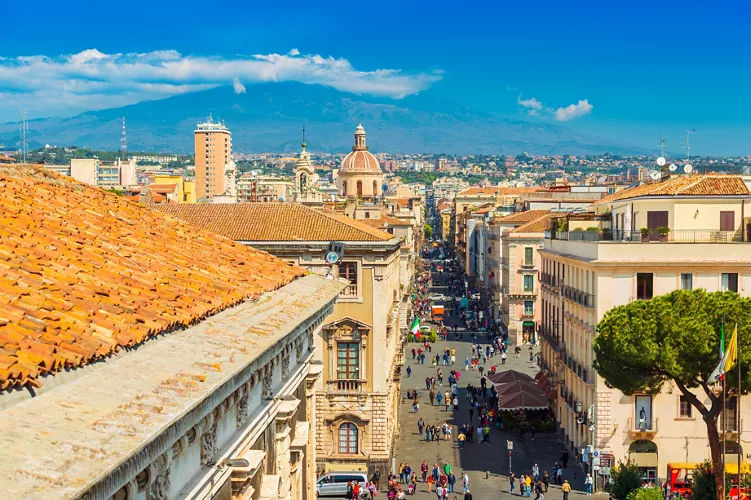
Start in Palermo, the authentic and inimitable soul of the island, a city teeming with chaotic markets and sumptuously embellished by Baroque, revealing its past with the red of its Arab-Norman domes.
Some of its aristocratic palaces, churches and monuments have become UNESCO World Heritage Sites, but you won't need a trip to see them all: start with Palermo Cathedral, Palazzo dei Normanni with the Palatine Chapel and the Church of San Giovanni degli Eremiti, and mark the rest for next time. Because you will come back.
East of Palermo, and accessible by ferry from Milazzo, are the Aeolian Islands: Vulcano, Stromboli, Lipari, Panarea, Alicudi, Filicudi and Salina, Basiluzzo, Dattilo, Lisca Nera, Bottaro and Lisca Bianca. If you can, treat yourself to a break in one of these fragments of volcanic paradise scattered off the northern coast in the province of Messina.
On the other side of Sicily, there is Catania, the island's second city after Palermo and its eternal rival: head straight to Piazza del Duomo to admire the Fountain of the Elephant, sculpted in black lava. It is said to have the power to appease the wrath of the volcano Etna, in whose shadow the city stands.
On the same coast, but 50 kilometres to the north, is Taormina, rich in archaeological sites and wonderful beaches. Visit the Greek Theatre in Taormina, the second largest in Sicily, as well as the magnificent Isola Bella, an islet connected to the coast by an isthmus that only appears at low tide.
Also on the east coast is Syracuse and the beautiful island of Ortigia. Split your time between the magnificent old town full of squares, fountains and palaces and the archaeological area of the Neopolis Park.
The last destination is the Valley of the Temples in Agrigento, one of the best-preserved archaeological parks in the world and a fundamental testimony to the passage of Hellenic civilisation.
What to see in Sicily: 4 unmissable sites
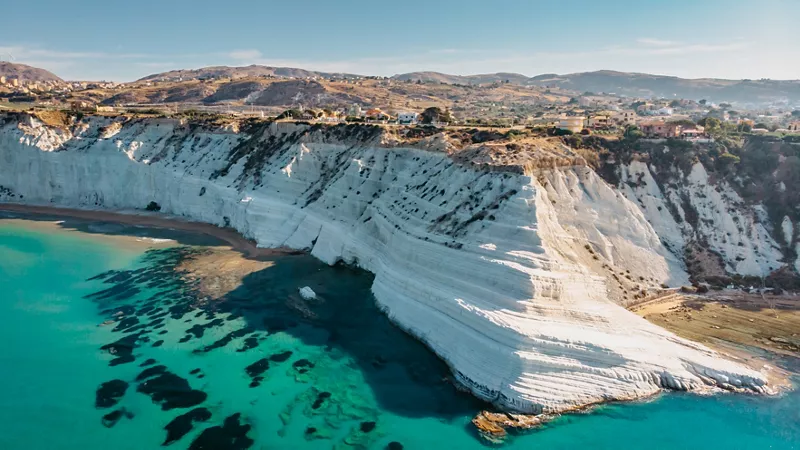
If you are a sea lover, and on holiday in Sicily, it is highly likely you’ll love the ocean here, so don't miss Scala dei Turchi: an enchanting white cliff face overlooking the sea, also recounted in the adventures of Andrea Camilleri's Commissario Montalbano.
Also worth seeing are the Egadi Islands: Favignana, Levanzo and Marettimo are another opportunity for excursions or mini-vacations of sea, nature and relaxation.
Taormina's Isola Bella and Lampedusa's Spiaggia dei Conigli (Rabbit Beach ) are also worth a visit. The latter can only be reached after a nice hike, but its crystal-clear water, fine white sand and wild nature will be worth the pain.
Don't leave out San Vito lo Capoa small, beautiful seaside resort in north-western Sicily. Around here, and precisely between San Vito and Scopello, lies Sicily's first Nature Reserve, a path studded with wonders. La Zingaro Reserve seven kilometres of unspoilt nature where birds of prey live and nest, the vegetation explodes with colour and where the sea is tinged with green and blue.
The unusual places of Sicily: 3 destinations for curious visitors
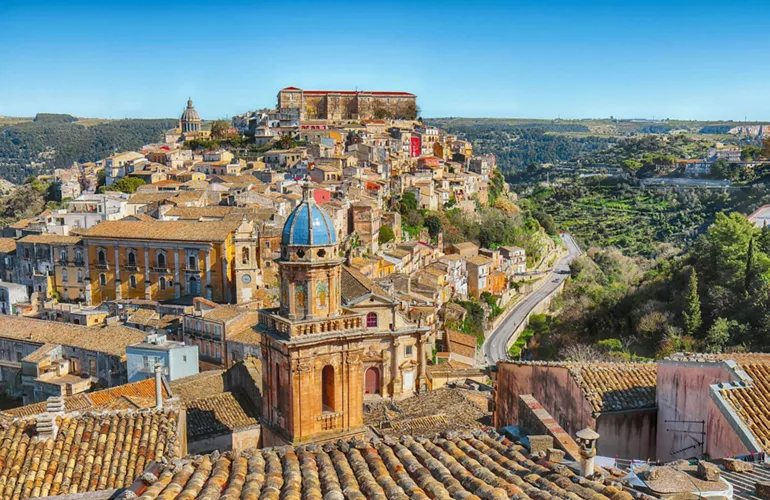
Looking for something tourist guides don’t tell you?
Find the Andromeda Theatre, an open-air stone theatre at an altitude of 1,000 metres amidst unspoilt nature and wild scenery, and you will not be disappointed.
Or the Argimusco Plateau, an archaeological and naturalistic site close to the Bosco di Malabotta Nature Reserve, in the province of Messina, formed by huge rocks millions of years old with a rare shape.
Or the Grotta delle Trabacche, near Ragusa: it is an ancient Roman catacomb immersed in the countryside.
The typical products of Sicily: 5 specialities
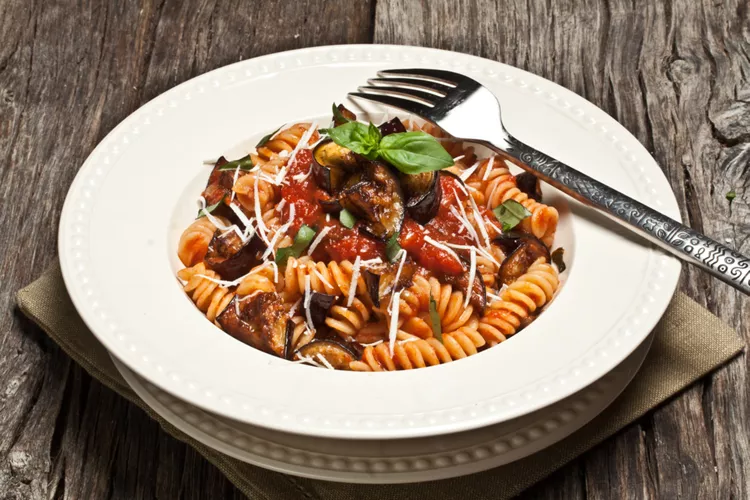
No cuisine is as tasty and mouth-watering as Sicilian. To understand what we mean, try caponata, a dish made with aubergines, celery and onion, flavoured with capers, vinegar, olives and sultanas.
For those with a sweet tooth, there are Bronte pistachios, PDO and Slow Food Presidium, an ingredient in many sweet and savoury recipes, almond paste, prepared with finely ground whole almonds mixed with flour, sugar and rose water, and Modica chocolate, cold-processed and characterised by the grains of sugar still intact.
Also typical is manna, the ash tree's stylus, which flavours, sweetens and aids leavening.
You can’t say you’ve been to Sicily if you never tried pasta alla Norma, bread, panelle, crocchè, arancini and the sandwich with spleen. And then again the granita with brioche, cassata, Sicilian cannolo and so on. Again and again.
Events in Sicily: an opportunity not to be missed
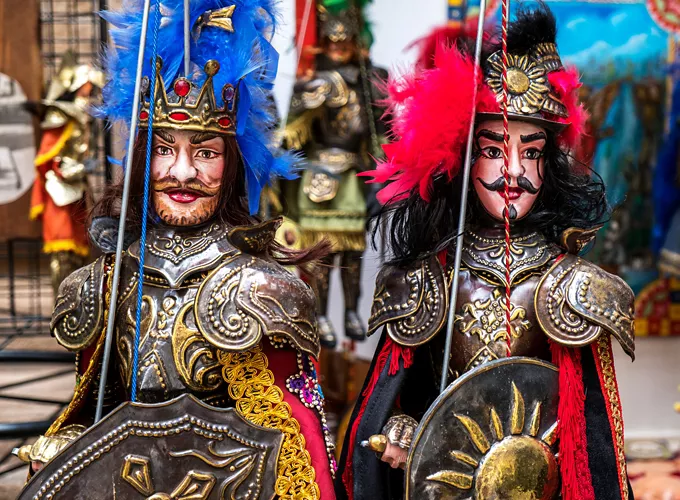
Among the appointments with tradition, there is one worth seeing: it is the Carnival of Acireale one of the oldest on the island, during which allegorical and flower-decked floats parade.

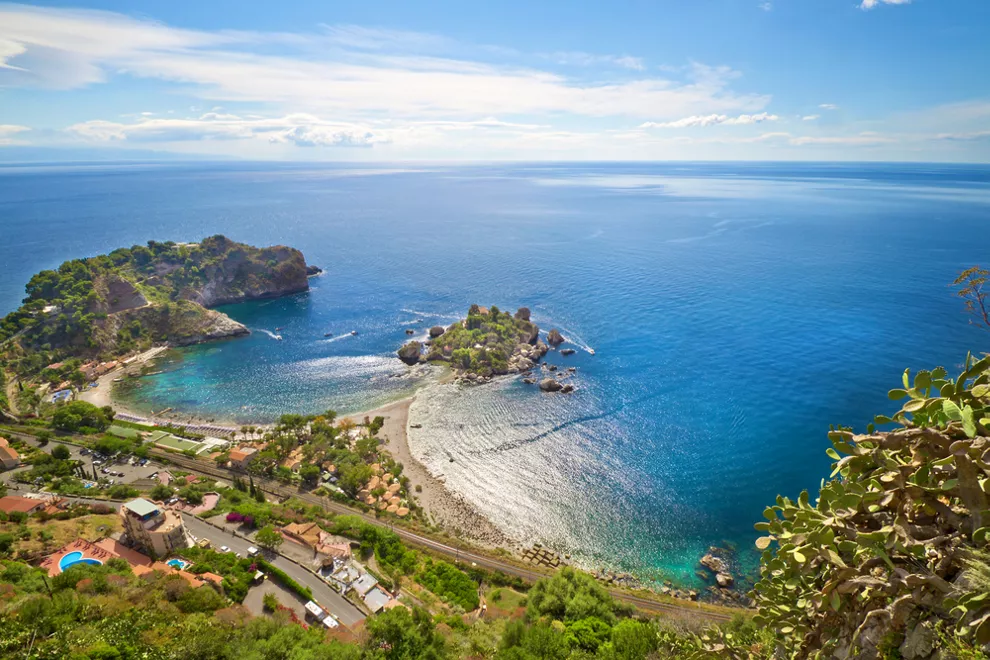
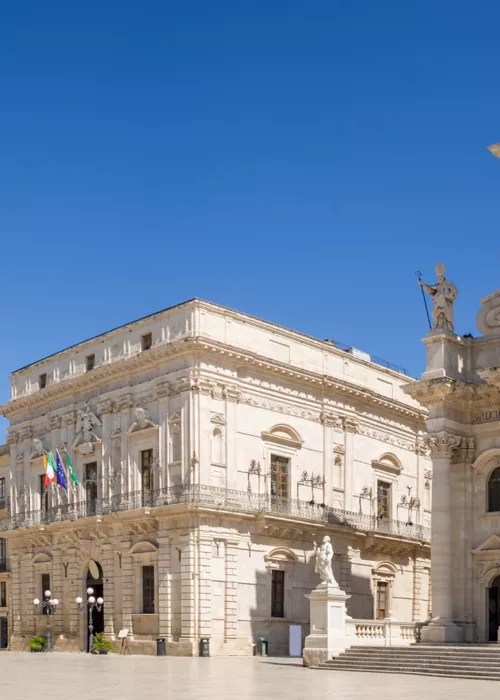
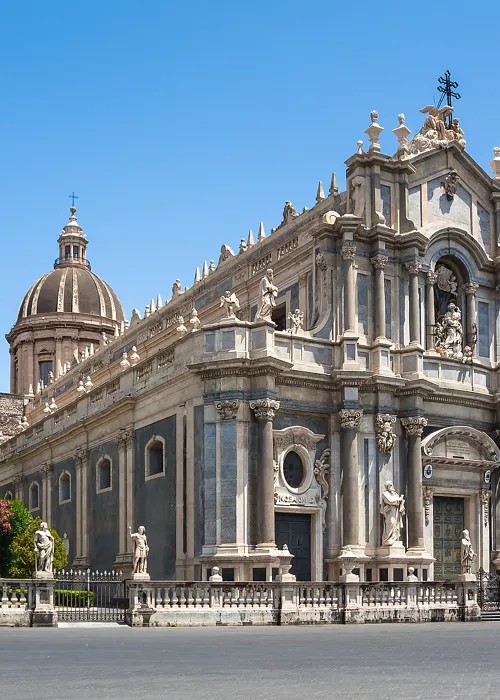
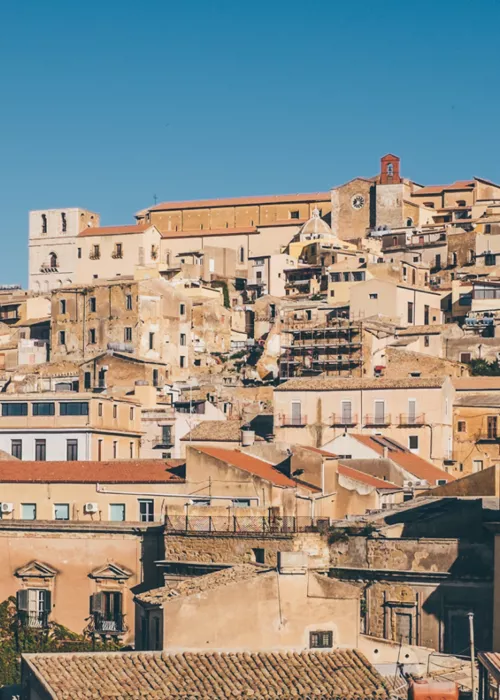
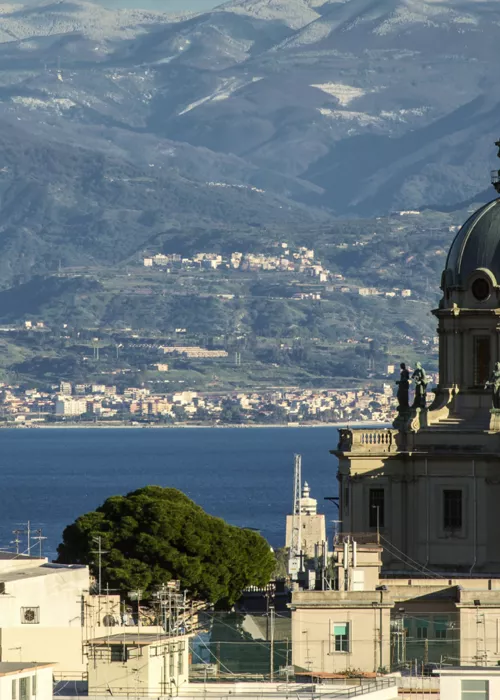
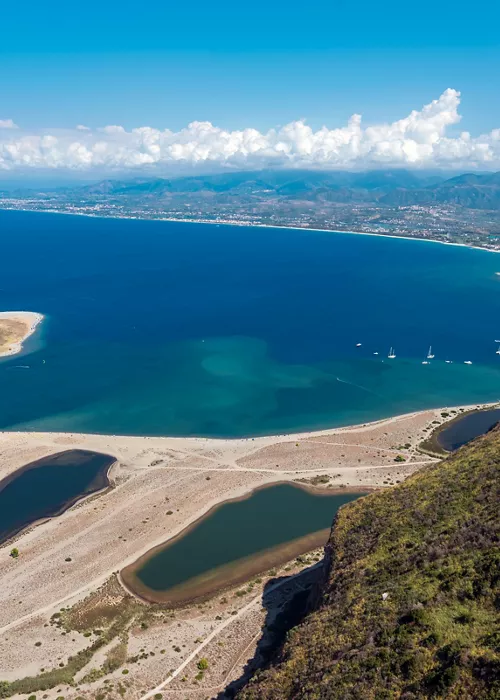
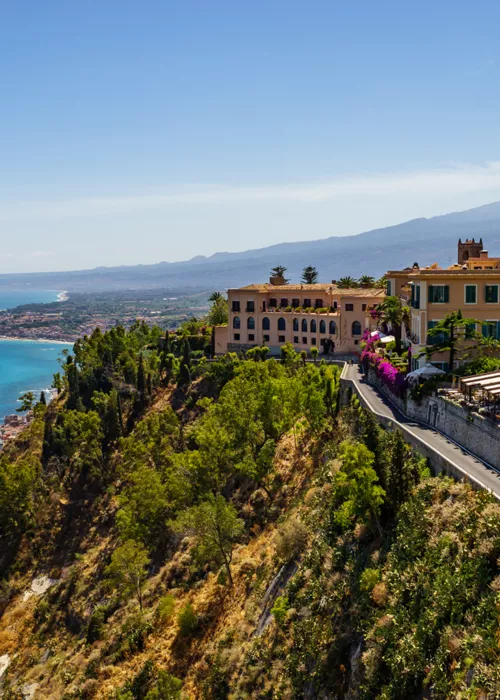
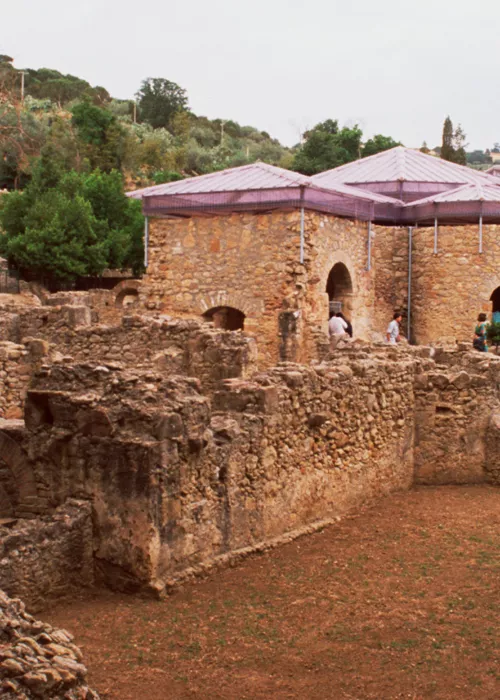
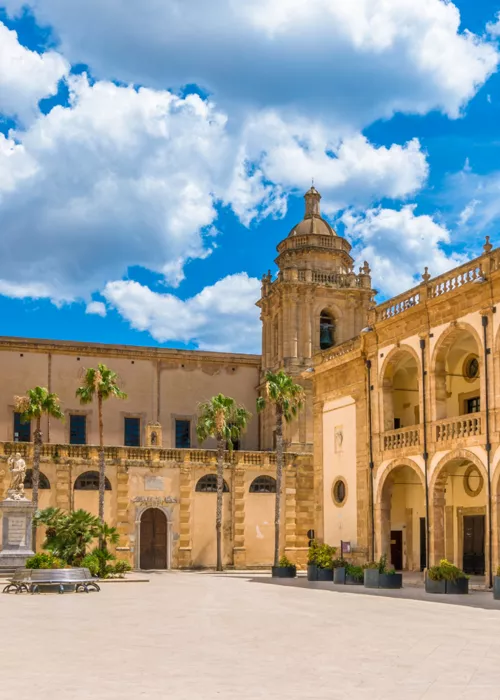
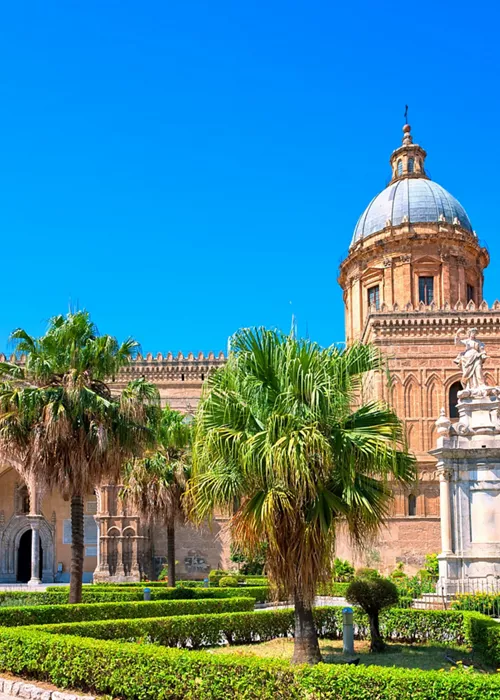
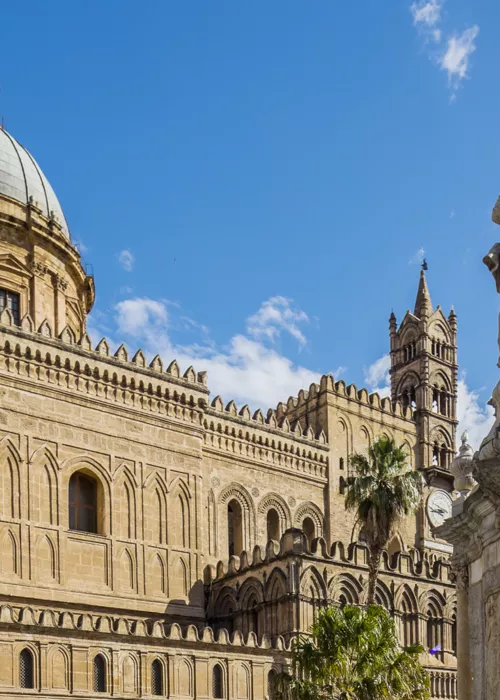
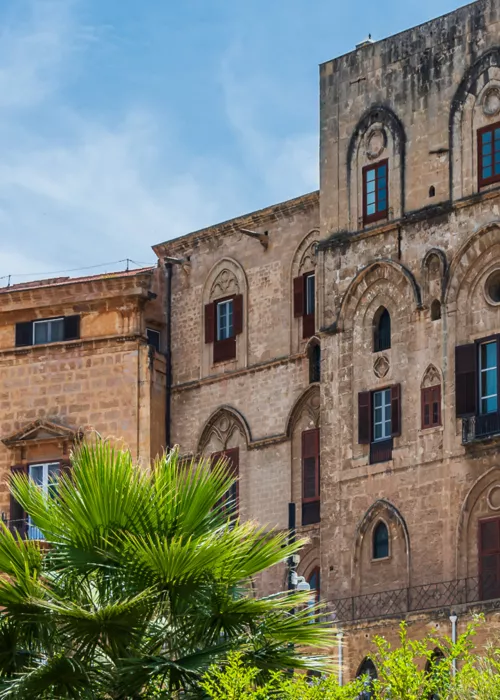
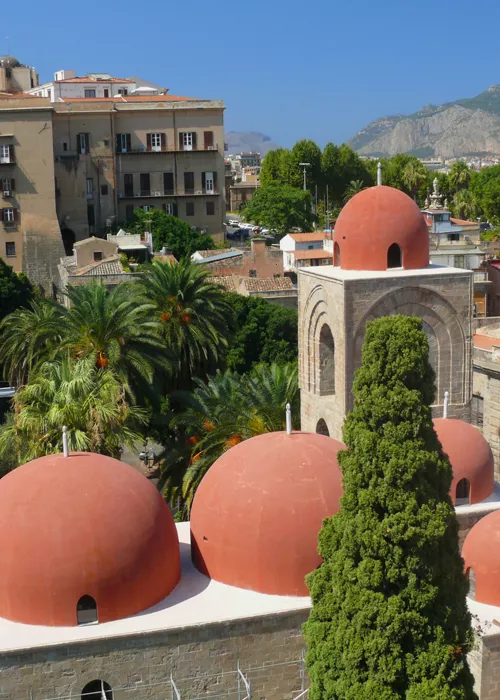
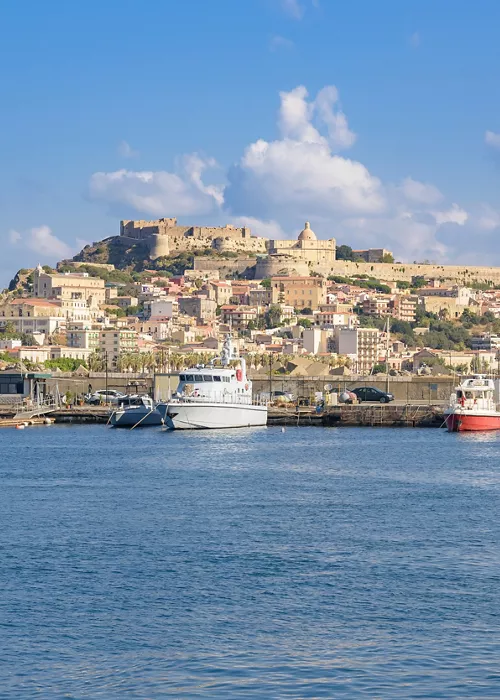
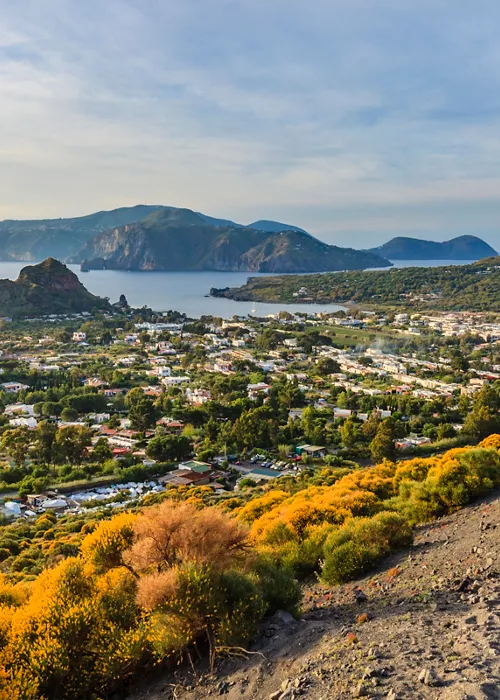
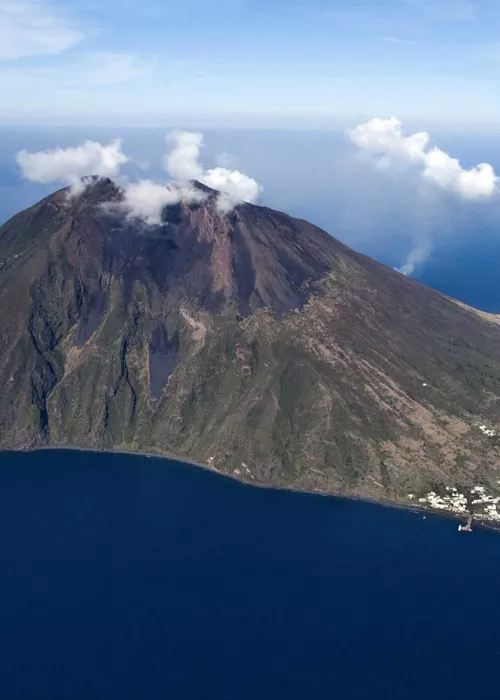
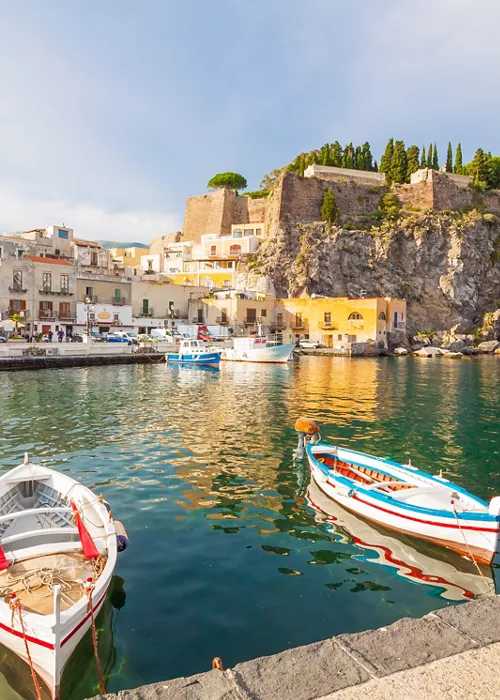
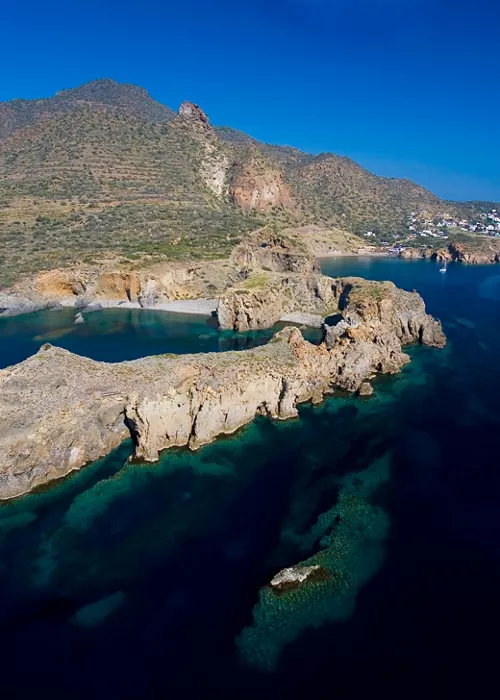
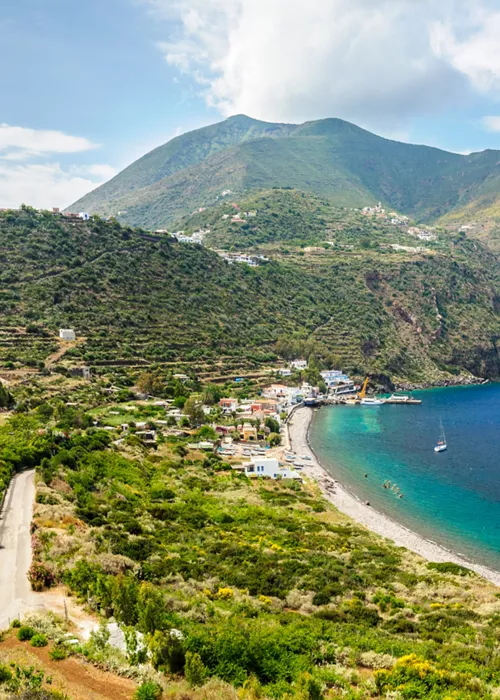
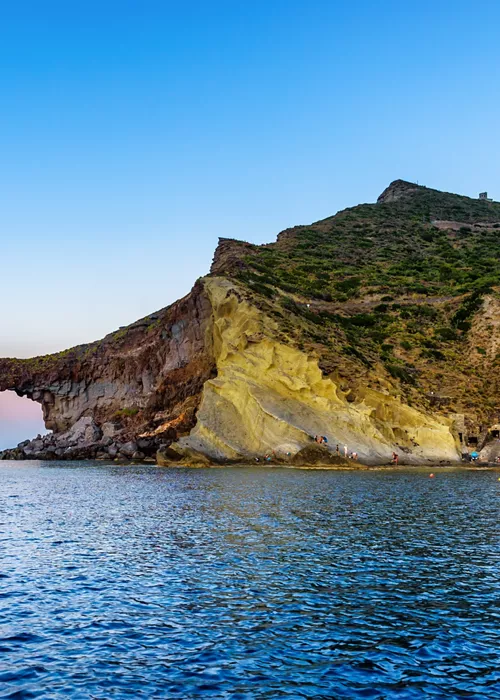
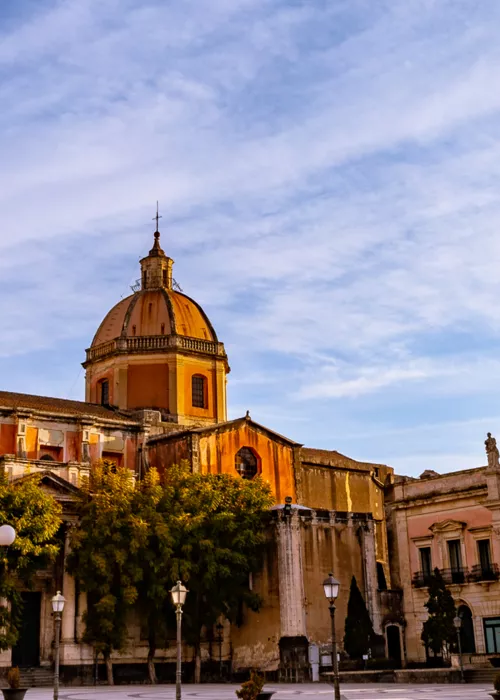
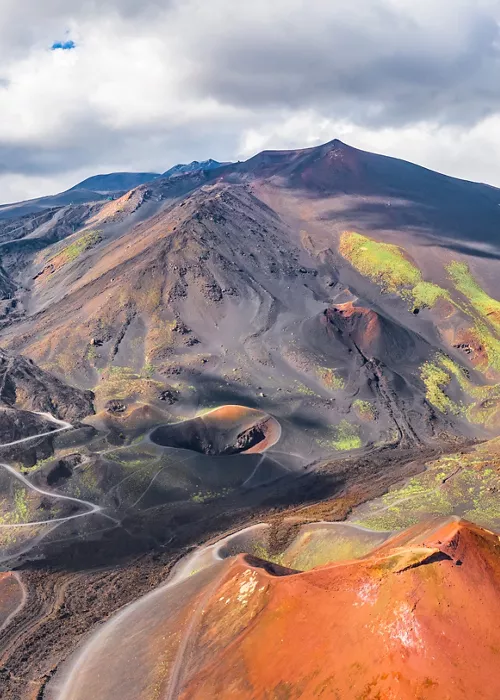
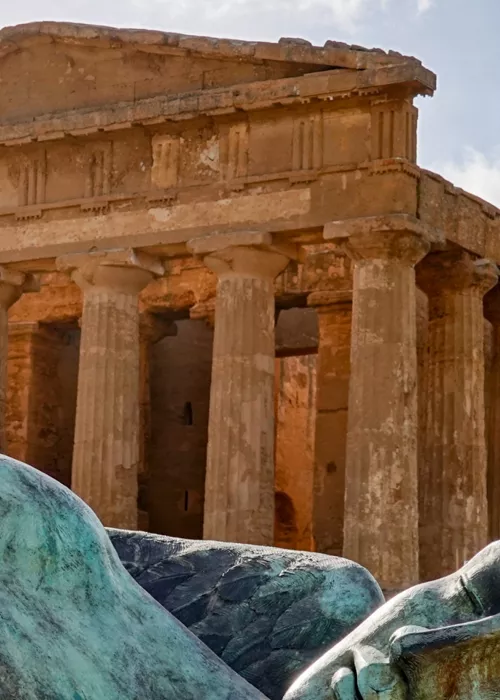
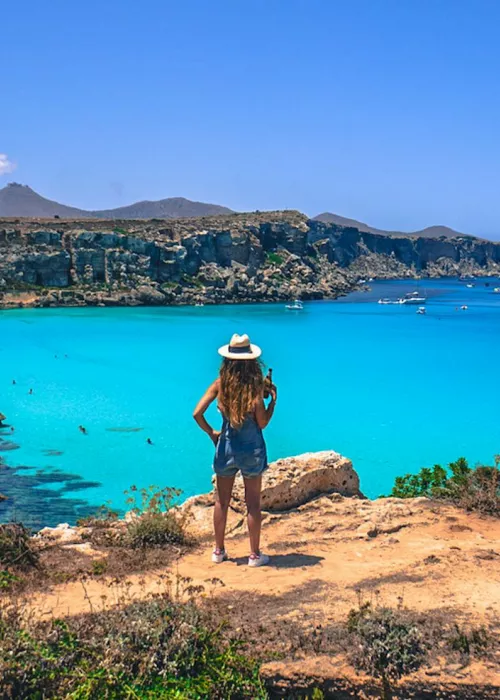
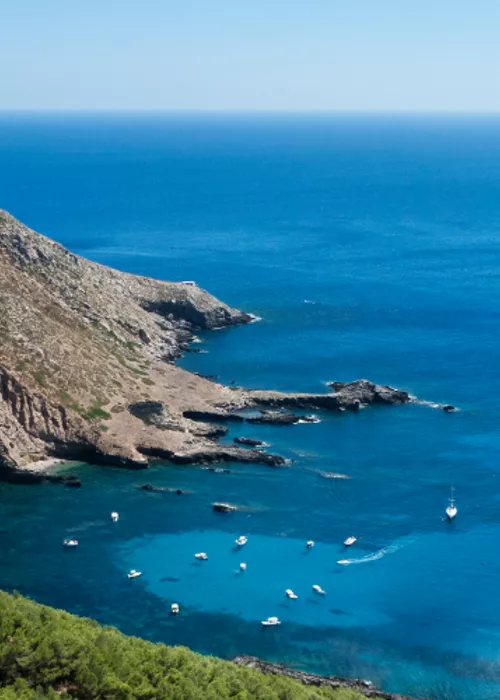
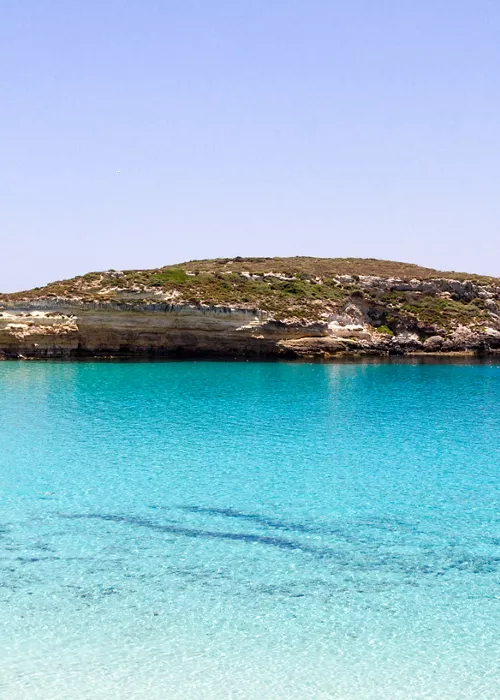
-1?wid=500&hei=700&fit=vfit,1&fmt=webp)
